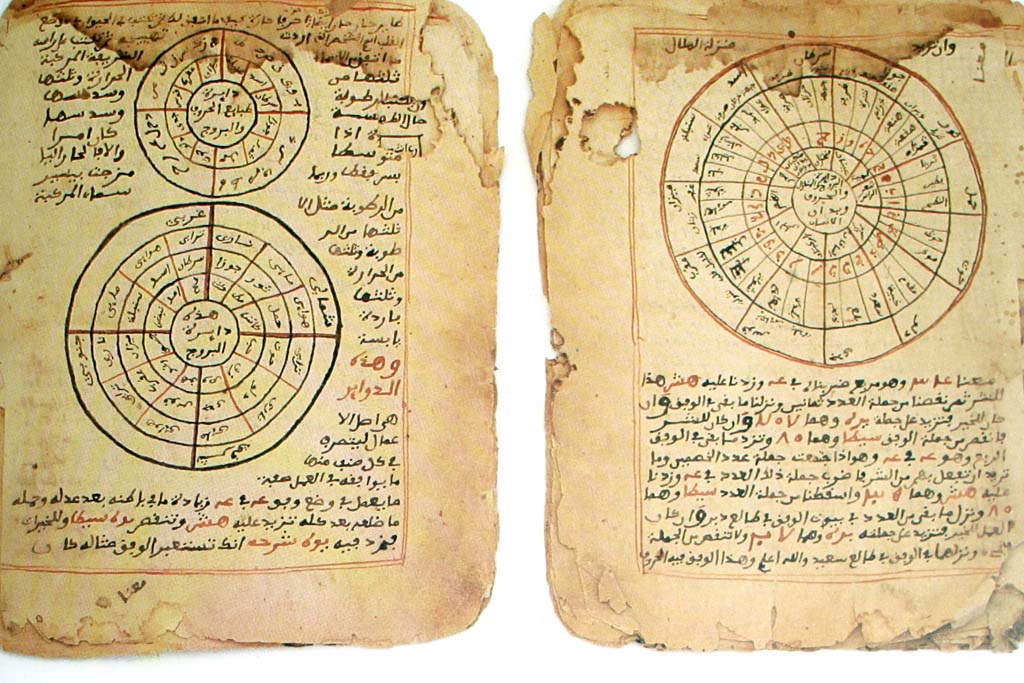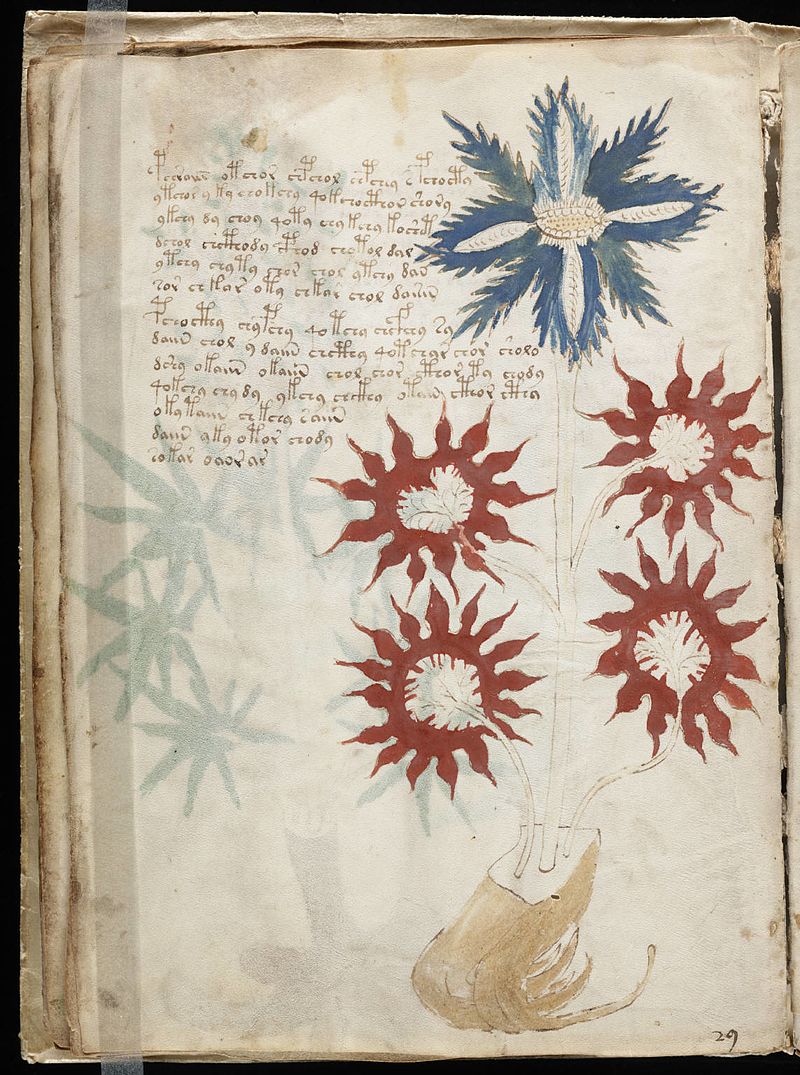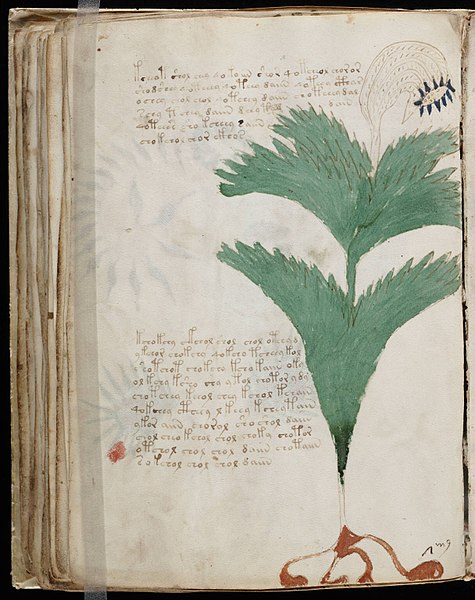Medieval manuscripts contain cryptic languages and intricate illustrations, and their secrets are still not fully understood. Works like the undeciphered Voynich Manuscript and the beautifully detailed Book of Kells continue to captivate us.
Despite modern technology, the meanings of these ancient symbols and motifs remain mysterious, sparking endless academic debates and fascination. Why did the creators encode their messages meticulously, and what might you uncover within their pages?
Mysterious Origins
Timbuktu’s ancient manuscripts, dating back centuries, reveal the city’s pivotal role in the intellectual and cultural landscape of medieval Africa. These manuscripts have intrigued scholars worldwide with their depth and diversity. Much like the enigmatic Voynich manuscript, Timbuktu’s texts exemplify the region’s advanced scholarly pursuits.
Nearly 100,000 manuscripts have been preserved in Timbuktu, showcasing an impressive breadth of knowledge. These documents range from scientific treatises to works on black magic, reflecting the diverse intellectual endeavors of the time. The manuscripts’ origins are akin to a puzzle waiting to be solved, reminiscent of discovering a hidden trove of rare books.
The wealth flowing through Timbuktu in the 14th century, with two-thirds of the world’s gold passing through, significantly contributed to its status as a center of learning and trade. Although many manuscripts are now missing, those that remain offer invaluable insights into the region’s historical legacy. By preserving and studying these ancient texts, we highlight the importance of diverse cultural heritage and the rich intellectual history of Sub-Saharan Africa.
Cryptic Languages
Cryptic languages in medieval texts like the Voynich Manuscript challenge our understanding of historical linguistics. These manuscripts often confuse scholars with their undeciphered texts, which are filled with cryptic languages that codebreakers and linguists have yet to solve.
Some theories suggest the text could be encoded in a lost language or constructed alphabet, which makes it difficult to decipher. Others speculate that these cryptic languages might be a form of medieval steganography, hiding secrets within the intricate script.
Illuminated manuscripts add another layer of mystery with their ornate designs and detailed illustrations. The text isn’t just a series of random symbols but seems to follow linguistic patterns that suggest a coherent language or code.
Researchers have used various methods, such as linguistic analysis and statistical techniques, to crack these texts. However, the true meanings remain elusive. As you explore these medieval enigmas, you can appreciate the persistent efforts to unravel the secrets behind these cryptic languages.
Unidentified Plants
The Voynich Manuscript’s herbal section features 112 pages of intricate plant illustrations. Dating back to the early 15th century, these detailed drawings depict root systems, leaves, and flowers, but none match known botanical species. This has led to speculation about whether the plants are fictional or represent extinct species.
A University of Oxford professor specializing in medieval manuscripts notes that the precise renderings suggest a deep understanding of botany, even though they don’t align with any known flora. This adds to the mystery and raises questions about the manuscript’s purpose and the knowledge of its creator.
The British Library has several medieval manuscripts for comparison, but none helped identify the Voynich plants. The herbal section remains a significant focus of study and speculation. Despite advanced imaging techniques and botanical expertise, the mystery persists, highlighting the manuscript’s unique place in the history of cryptic medieval documents.
Astronomical Symbols
The Voynich Manuscript’s astronomical symbols and diagrams are as perplexing as its herbal section. Researchers have tried to decipher its strange celestial illustrations and zodiac constellations for centuries. Perplexing details surround the detailed depictions of zodiac signs like Pisces and Sagittarius. Scholars can’t agree on these symbols’ exact meaning or purpose, whether they are decorative or hold some lost astronomical knowledge. The answers remain elusive.
Here is a glimpse into what these symbols might represent:
| Symbol | Possible Interpretation |
| Sun and Moon | Cyclical Time or Eclipses |
| Constellations | Zodiac Signs |
| Stars | Navigational Tools |
| Planets | Astrological Influence |
| Unknown Glyphs | Encrypted Knowledge |
Peculiar Practices
Studying medieval manuscripts includes encountering peculiar practices like marginalia and doodles, reflecting the scribes’ whimsical nature. Some manuscripts used unconventional ingredients for ink, such as pigments derived from insects. These quirky details offer unique insights into the minds and methods of medieval scribes.
Marginalia and Doodles
Marginalia range from decorative borders to whimsical drawings, highlighting the playful side of medieval scribes and readers. Far from being distractions, these doodles serve multiple purposes, offering insights into the era’s daily life and interests.
Marginalia can include an array of features:
- Hybrid creatures: Imaginative combinations of animals and humans that defy natural order.
- Grotesque figures: Distorted, often humorous depictions that entertain or comment on the text.
- Humorous sketches: Lighthearted drawings reflecting the scribe’s sense of humor.
- Hidden messages or codes: Concealed notes add meaning to the manuscript.
These marginal doodles often comment on the main text, enriching it with additional layers of meaning, while others are purely decorative or playful.
Their presence highlights the human aspect of their creators, making ancient texts more relatable and engaging for modern readers.
Unusual Ink Ingredients
Medieval scribes often turned to surprising ingredients like oak galls, egg whites, and even urine to create the inks for their manuscripts. One of the most popular choices was iron gall ink. Made from tannins extracted from oak galls and iron salts, this concoction produced a durable, dark ink that stood the test of time.
Scribes also experimented with minerals and other peculiar components to achieve the desired consistency and color. Recipes for ink varied widely. Some included wine, lending a rich hue, while others used egg whites to create a smoother texture. Urine was sometimes added for its ammonia content which helped bind. Even more bizarre, certain recipes called for blood, showcasing the lengths to which scribes would go for their craft.
These unconventional ingredients reflect the resourcefulness of medieval scribes and illuminators. People used whatever they could find to produce intricate, beautiful manuscripts. Each recipe was a unique blend, contributing to these historical documents’ diverse and sometimes strange appearance.
Intricate Illumination Styles
Intricate illumination styles, such as Celtic interlace patterns, historiated initials, and rich marginalia, were crafted with remarkable skill. These artistic techniques served as decorations and conveyed deeper symbolic and narrative meanings. Scribes used methods such as gold leaf application, vibrant pigments, and detailed miniatures to create stunning visuals.
These illumination styles often enhanced the spiritual and educational elements of the texts. Celtic interlace patterns, with their complex knots, symbolized eternity and interconnectedness. Historiated initials and large decorated letters with images related to the text guided readers and highlighted significant passages.
Marginalia, the illustrations, and notes in the margins often included:
- Symbolic motifs: Conveying spiritual or moral messages.
- Biblical scenes: Enhancing understanding of stories from the Bible.
- Fantastical creatures: Adding a whimsical touch with dragons, griffins, and other mythical beings.
- Daily life vignettes: Providing cultural context with snapshots of medieval life.
Manuscripts like the Book of Kells and the Lindisfarne Gospels exemplify the elaborate and ornate illumination styles that defined medieval Europe, reflecting their creators’ unmatched creativity and skill.
Unique Pigment Choices
Exploring unique pigments like lapis lazuli, vermilion, and lead white gave medieval manuscripts their vibrant and luxurious appearance. These pigments were chosen not only for their rich colors but also for their origins from rare and expensive materials, highlighting the wealth and status of the manuscript’s owner.
When examining an illuminated manuscript, you can observe intricate details and decorative elements painted with these luxurious pigments, making each piece a true work of art.
Artists meticulously prepared and applied these pigments, showcasing their skill and expertise, which contributed to the visual brilliance of the manuscripts. For instance, lapis lazuli, derived from a semi-precious stone, produced a highly sought-after rich blue. Vermilion, made from mercury sulfide, provided a bright, eye-catching red. Despite its toxicity, lead white was valued for its opacity and coverage.
Using gold leaf and silver added a shimmering effect to illustrations and text, enhancing the manuscript’s beauty and creating a glowing appearance.
When exploring these manuscripts, you aren’t merely reading a text; you’re experiencing a visual masterpiece crafted with masterful techniques.
Deciphering Attempts
Scholars and cryptologists have long tried to unravel the Voynich Manuscript’s mysteries using various theories and decoding techniques. In 1921, William R. Newbold claimed he had deciphered it using a complex system of letter substitutions based on ancient Greek shorthand. However, Prof. John Matthews Manley debunked his theory, arguing that Newbold’s findings were influenced by his subconscious desires.
Other notable attempts include:
- Nicholas Gibb and Greg Kondrak: They’ve proposed different languages for the text but have yet to provide a definitive translation.
- Micro calligraphy in Hebrew: Evidence dating back to the 9th century suggests a possible alternative origin, further complicating decipherment efforts.
- Alan Turing: The renowned cryptologist also attempted to decode the manuscript but was unsuccessful.
- Current Location: The manuscript is housed at Yale’s Beinecke Rare Book & Manuscript Library, and despite numerous efforts, it remains an enigmatic puzzle.
These attempts underscore the Voynich Manuscript’s complexity and enduring mystery, which continues to baffle experts worldwide.
Theories and Speculations
The Voynich Manuscript remains undeciphered, sparking various theories about its origins and purpose. Some scholars suggest it could be the work of 13th-century philosopher Roger Bacon. In contrast, others believe it might be a sophisticated hoax to deceive Emperor Rudolph II of the Holy Roman Empire.
In 1921, William R. Newbold claimed the manuscript was written in ancient Greek shorthand, later debunked by Prof. John Matthews Manley. The manuscript’s language is also debated. Nicholas Gibb and Greg Kondrak theorized it might be an encrypted form of abbreviated Latin or Hebrew, though no definitive translation has been achieved. Joseph Martin Feely speculated it is Roger Bacon’s scientific diary, while Lionel Strong claimed to have translated two pages using a complex arithmetical progression system.
Even renowned cryptologists like Alan Turing have tried and failed to decode it. The Voynich Manuscript, held at Yale’s rare book and manuscript library, baffles and intrigues researchers worldwide.
Modern Investigations
Modern imaging techniques and interdisciplinary collaboration have revolutionized our understanding of medieval manuscripts. Modern investigations using multispectral imaging and X-ray fluorescence have uncovered hidden texts by authors like Euripides and Aristotle. These technologies reveal layers of text and illustrations imperceptible to the naked eye.
Collaboration between art history, linguistics, and technology experts has led to remarkable discoveries. These findings have deepened our understanding of medieval artistic techniques and the symbolic meanings behind intricate illustrations.
Key advancements from these modern investigations include:
- Hidden Texts Exposed: Advanced imaging has revealed previously unknown works by Euripides and Aristotle.
- Decoding Enigmatic Illustrations: Scholars have gained new insights into medieval beliefs and cultures.
- Artistic Techniques and Symbolism: Research has illuminated the methods and meanings behind medieval art.
- Interdisciplinary Collaboration: Experts from various fields collaborate to interpret these ancient manuscripts.
Conclusion
Medieval manuscripts continue to captivate and mystify scholars and enthusiasts. These texts, with their undeciphered languages, intricate illustrations, and peculiar practices, offer a glimpse into the past’s rich intellectual and artistic heritage. Despite modern technological advancements, many secrets of these ancient texts remain unsolved, fueling ongoing academic debates and fascination.



